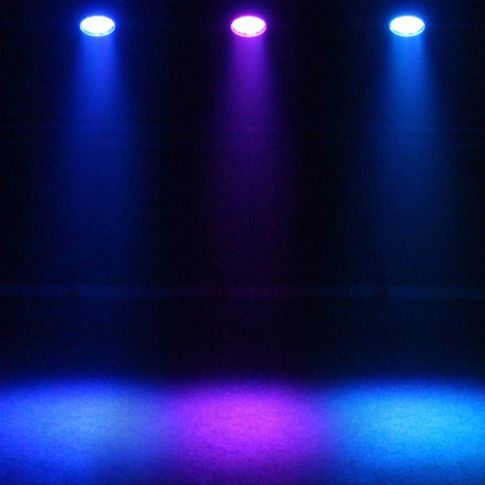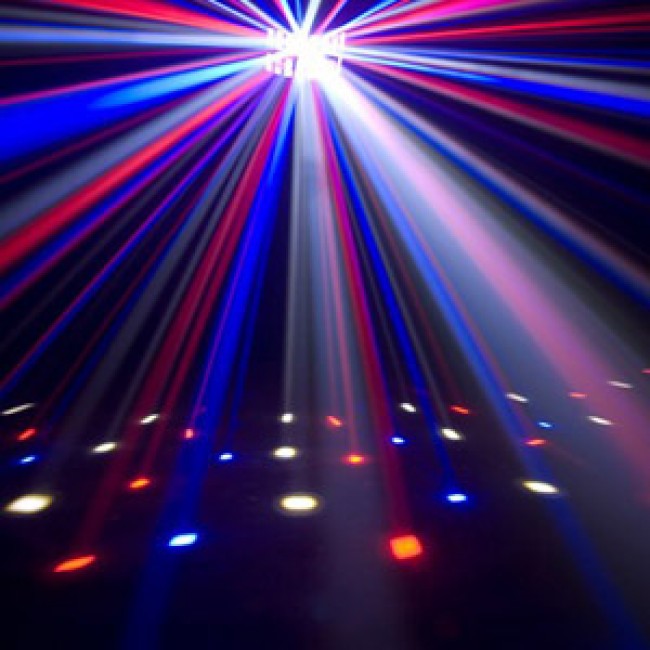We use cookies to make your experience better. To comply with the new e-Privacy directive, we need to ask for your consent to set the cookies. Learn more.
Fashion Show Lighting Dos and Don'ts: Expert Tips from Lighting Designers

Fashion shows are not just about showcasing clothing; they are elaborate productions that blend fashion, art, and technology. Lighting plays a crucial role in enhancing the overall experience, highlighting the garments, and creating a captivating atmosphere. To delve into the dos and don'ts of fashion show lighting, we've gathered insights from seasoned lighting designers. Let's explore their expert tips to ensure your fashion show shines brightly:
Dos:
1. Plan Ahead:
Begin your lighting design process well in advance. Collaborate with the fashion designers, set designers, and choreographers to understand the theme, mood, and key elements of the show.
Create a detailed lighting plot that outlines the placement of fixtures, types of lighting effects, and cue points for each segment of the show.
2. Consider colour temperature:
Choose colour temperatures that complement the clothing and set design. Experiment with warm and cool tones to create contrast and depth.
Use adjustable LED fixtures that allow you to fine-tune color temperatures based on the specific looks being presented on the runway.
3. Focus on Models and Outfits:
Use spotlights or focused lighting to highlight models as they walk the runway. Ensure that each outfit is well-lit, showcasing its colours, textures, and details.
Incorporate dynamic lighting effects like gobo projections or moving lights to add visual interest and drama to the models' entrances and exits.
4. Create depth and dimension:
Use a combination of front lighting, side lighting, and backlighting to create depth and dimension on the runway. This technique can accentuate the contours of the garments and create dynamic shadows.
Experiment with light angles and placement to sculpt the models' silhouettes and create flattering lighting effects.
5. Sync lighting with music and choreography:
Coordinate lighting cues with the music beats and choreographed movements. This synchronisation can elevate the energy of the show and create a cohesive sensory experience for the audience.
Use lighting effects such as colour changes, fades, and strobes to punctuate key moments in the music and choreography.
6. Incorporate dynamic lighting effects:
Integrate dynamic lighting effects such as colour fades, chases, and patterns to add excitement and visual impact. LED fixtures with colour mixing capabilities offer versatility and creativity.
Experiment with lighting transitions between segments to create smooth flow and transitions throughout the show.

7. Enhance Set Design and Runway:
Use lighting to enhance the set design elements, such as backdrops, props, and scenic elements. Lighting can transform ordinary set pieces into immersive environments that complement the fashion theme.
Light the runway edges and ends to guide the models and create a focal point for the audience's attention. Consider using LED strips or floor lighting for subtle runway illumination.
8. Ensure adequate backstage lighting.
Provide adequate lighting backstage for models, makeup artists, and crew members. Adjustable mirrors with good lighting can facilitate quick makeup touch-ups and outfit changes.
Create designated well-lit areas for dressing, styling, and final preparations to ensure a smooth and efficient backstage workflow.
9. Test and rehearse:
Conduct thorough technical rehearsals with the lighting team, models, and crew members. Test all lighting cues, transitions, and effects to identify any issues and make adjustments as needed.
Have backup lighting equipment and contingency plans in place to handle unforeseen technical challenges or power failures during the show.
Don'ts:
1. Overlook safety considerations:
Don't compromise on safety protocols when installing and operating lighting fixtures. Ensure that all electrical connections are secure and fixtures are properly grounded to prevent hazards.
Avoid overcrowding the backstage area with excessive lighting equipment or cables that could pose tripping hazards for models and crew members.
2. Neglect collaboration and communication:
Don't work in isolation. Collaborate closely with the production team, fashion designers, and choreographers to align lighting design with the overall creative vision of the show.
Communicate effectively with the lighting crew during rehearsals and show runs to coordinate cue timing, intensity adjustments, and troubleshooting.
3. Use inconsistent lighting levels.
Avoid using inconsistent lighting levels or sudden changes in brightness that can distract or disorient the audience. Maintain uniformity in lighting across the runway and seating areas.
Balance the intensity of front lighting and backlighting to ensure that models are well-lit without casting harsh shadows or causing glare.
4. Overdo lighting effects:
Resist the temptation to overuse flashy lighting effects or gimmicks that detract from the fashion presentation. Use lighting effects judiciously to enhance the show's aesthetics without overwhelming the audience.
Avoid excessive strobing or rapid colour changes that can be visually fatiguing or discomforting for sensitive viewers.
5. Ignore Environmental Impact:
Don't overlook the environmental impact of lighting choices. Opt for energy-efficient LED fixtures and lighting controls to minimise power consumption and carbon footprints.
Consider incorporating sustainable lighting practices such as using rechargeable batteries for wireless fixtures and implementing lighting designs that reduce overall energy consumption.
6. Rely solely on the default settings:
Avoid relying solely on default lighting settings or presets without customising them to suit the specific needs of the fashion show. Take the time to fine-tune lighting parameters for optimal results.
Experiment with lighting angles, colour combinations, and intensity levels to create unique and memorable visual effects that enhance the fashion presentation.
Final Thoughts
Wwave is committed to providing successful fashion show lighting through careful planning, collaboration, creativity, and attention to detail.Following the tips outlined by experienced lighting designers, you can make your fashion show an unforgettable spectacle that captivates your audience and highlights the beauty of the garments.
